THE BINDING
In the Atlantic States of America, the people are governed via a corporate-run caste system, with a handful of companies profiting from their labor. Conscripted workers are clad in pale blue and microchipped, and Shepherd officers police them with cruelty and electric “zap-crooks.” When 23-year-old Ruby Roth’s boss Colin Tate’s betrayal leads her into a dangerous situation involving a disturbed Shepherd and a housing eviction, Ruby’s connections in the monastic Elohi Order help her and her neighbors, Harold Sr. and his son, Little Harold, escape the oppressive regime. The Elohi Order helps by “serving others in order to ease or prevent suffering,” and they have extensive connections to aid migrants at the Atlantic States’ border with the United West. In that country, Kaileh Clearwater Lewis searches for answers regarding her brother’s death while defending her egalitarian community as a Warrior. Ruby and Kaileh’s twisting journeys merge after a groundbreaking revelation transcends artificial barriers. This fast-paced, tense story expands on a traditional border-crossing narrative by presenting two women traveling toward each other, unaware of their connection. The third-person perspective alternates between these two well-drawn characters, and readers will especially root for Ruby’s success. Her binding ability evokes additional empathy for her character, as it results in painful encounters: “agony shoots into her, radiates from her belly like an exploding star.” The grim landscape of the Atlantic States of America is engagingly visual, with one corporation controlling farms and housing, and the fact that societal strata are identifiable by color is reminiscent of Margaret Atwood’s classic The Handmaid’s Tale (1985). And despite the darkness, a throughline of hope runs through this ultimately inspiring story of perseverance and resistance.


In the Atlantic States of America, the people are governed via a corporate-run caste system, with a handful of companies profiting from their labor. Conscripted workers are clad in pale blue and microchipped, and Shepherd officers police them with cruelty and electric “zap-crooks.” When 23-year-old Ruby Roth’s boss Colin Tate’s betrayal leads her into a dangerous situation involving a disturbed Shepherd and a housing eviction, Ruby’s connections in the monastic Elohi Order help her and her neighbors, Harold Sr. and his son, Little Harold, escape the oppressive regime. The Elohi Order helps by “serving others in order to ease or prevent suffering,” and they have extensive connections to aid migrants at the Atlantic States’ border with the United West. In that country, Kaileh Clearwater Lewis searches for answers regarding her brother’s death while defending her egalitarian community as a Warrior. Ruby and Kaileh’s twisting journeys merge after a groundbreaking revelation transcends artificial barriers. This fast-paced, tense story expands on a traditional border-crossing narrative by presenting two women traveling toward each other, unaware of their connection. The third-person perspective alternates between these two well-drawn characters, and readers will especially root for Ruby’s success. Her binding ability evokes additional empathy for her character, as it results in painful encounters: “agony shoots into her, radiates from her belly like an exploding star.” The grim landscape of the Atlantic States of America is engagingly visual, with one corporation controlling farms and housing, and the fact that societal strata are identifiable by color is reminiscent of Margaret Atwood’s classic The Handmaid’s Tale (1985). And despite the darkness, a throughline of hope runs through this ultimately inspiring story of perseverance and resistance.
















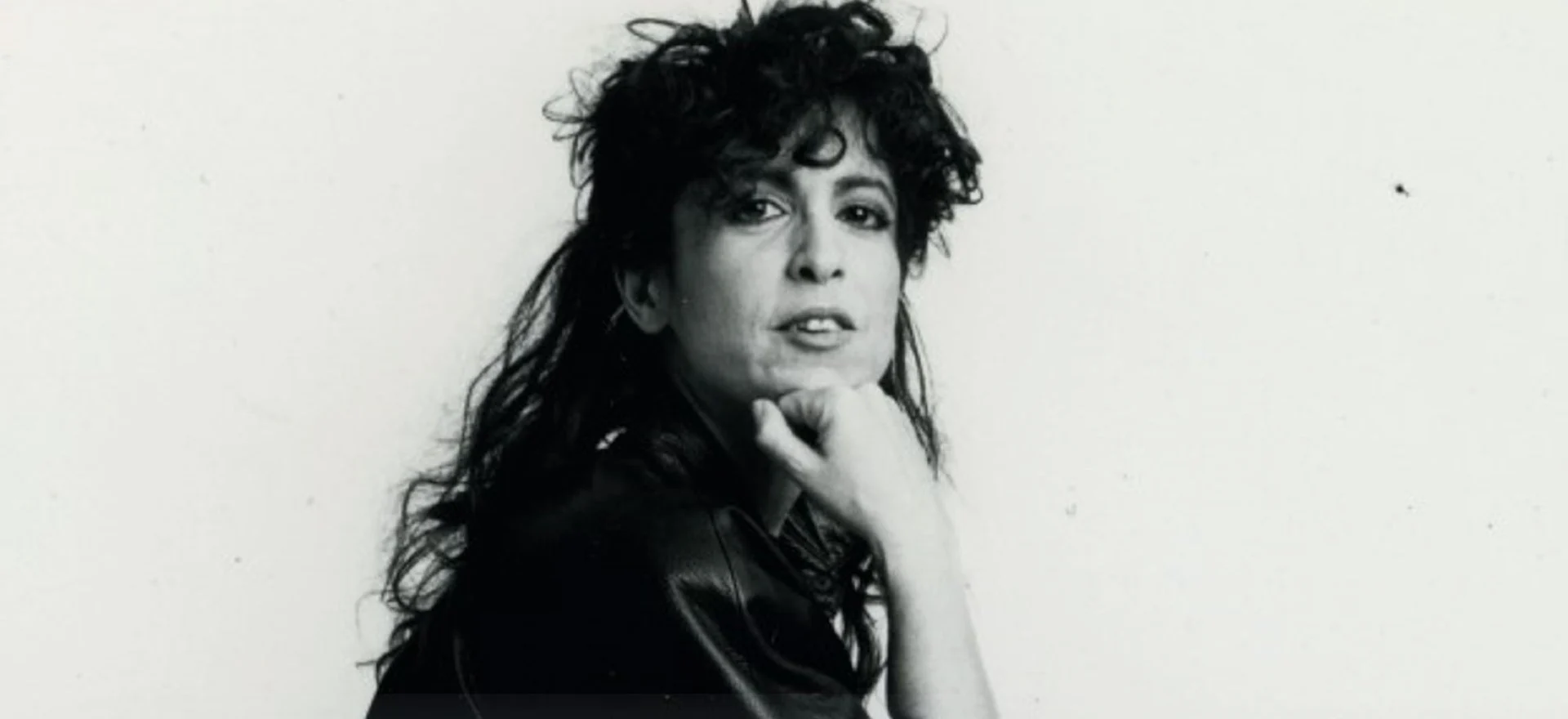



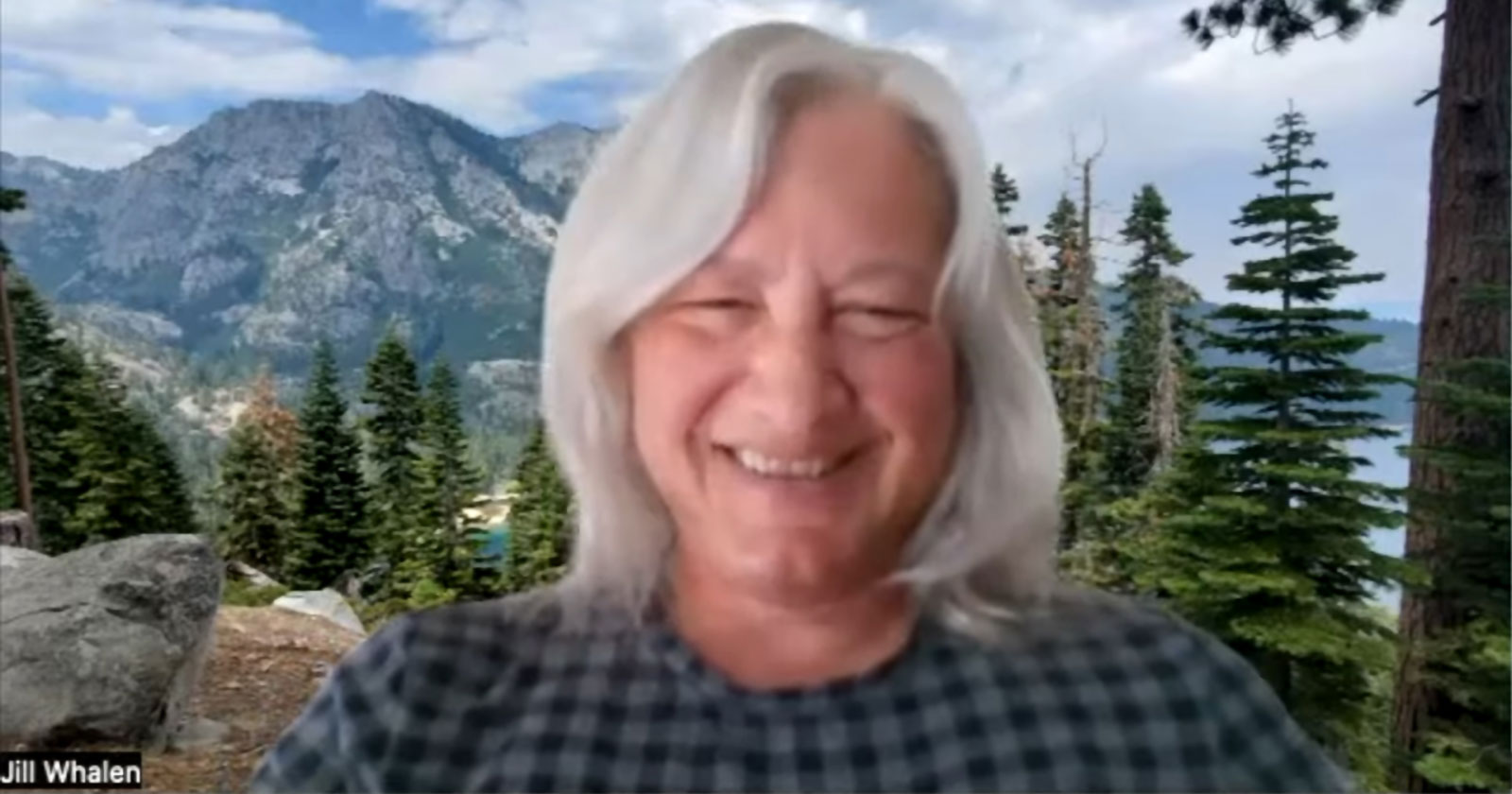







![How To Drive More Conversions With Fewer Clicks [MozCon 2025 Speaker Series]](https://moz.com/images/blog/banners/Mozcon2025_SpeakerBlogHeader_1180x400_RebeccaJackson_London.png?auto=compress,format&fit=crop&dm=1750097440&s=282171eb79ac511caa72821d69580a6e#)

![Brand and SEO Sitting on a Tree: K-I-S-S-I-N-G [Mozcon 2025 Speaker Series]](https://moz.com/images/blog/banners/Mozcon2025_SpeakerBlogHeader_1180x400_LidiaInfante_London.png?auto=compress,format&fit=crop&dm=1749465874&s=56275e60eb1f4363767c42d318c4ef4a#)






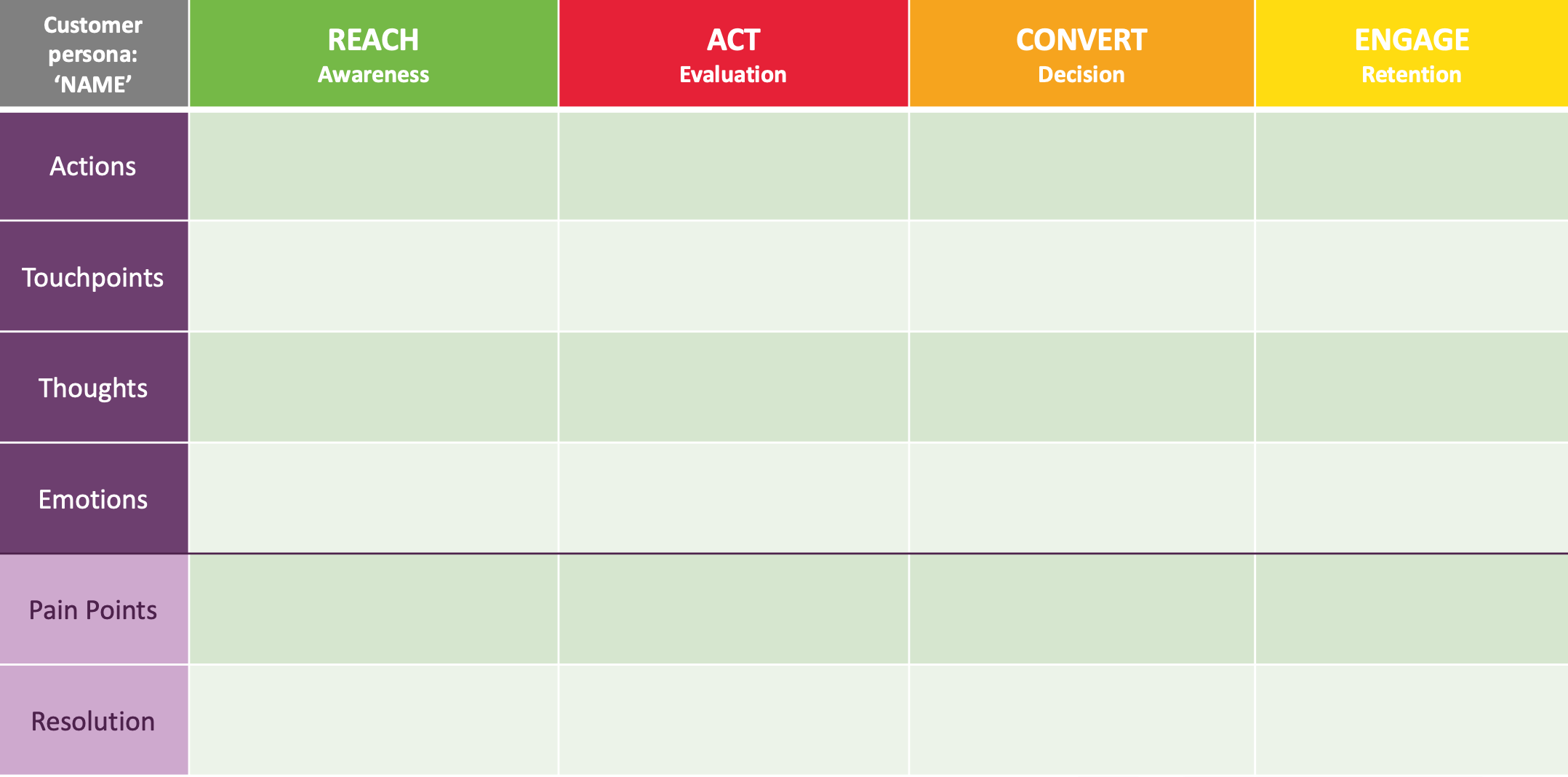















![The 11 Best Landing Page Builder Software Tools [2025]](https://www.growthmarketingpro.com/wp-content/uploads/2024/04/best-landing-page-software-hero-image-1024x618.png?#)









































![How to Create an SEO Forecast [Free Template Included] — Whiteboard Friday](https://moz.com/images/blog/banners/WBF-SEOForecasting-Blog_Header.png?auto=compress,format&fit=crop&dm=1694010279&s=318ed1d453ed4f230e8e4b50ecee5417#)
![How To Build AI Tools To Automate Your SEO Workflows [MozCon 2025 Speaker Series]](https://moz.com/images/blog/banners/Mozcon2025_SpeakerBlogHeader_1180x400_Andrew_London-1.png?auto=compress,format&fit=crop&dm=1749642474&s=7897686f91f4e22a1f5191ea07414026#)









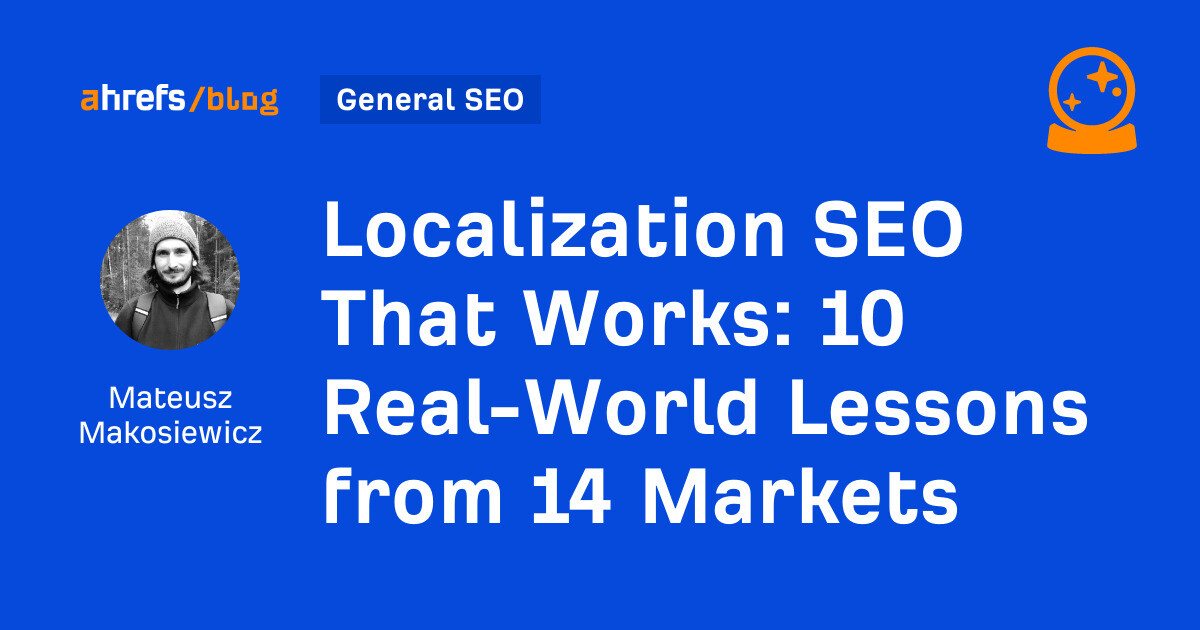

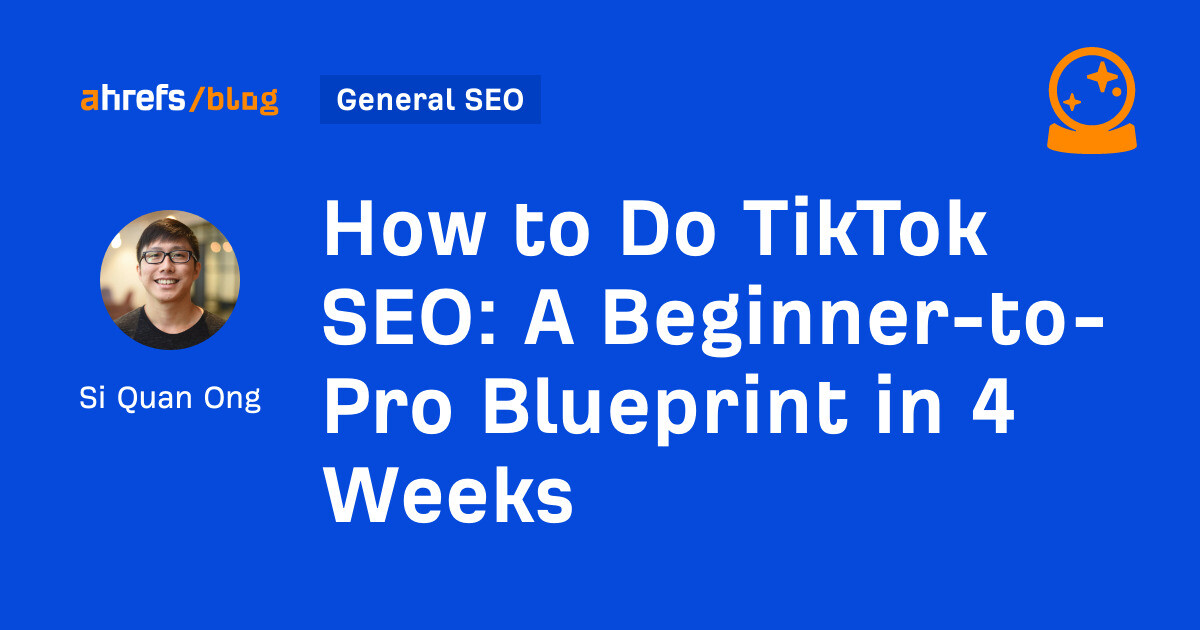













![Brand pitch guide for creators [deck and email templates]](https://blog.hootsuite.com/wp-content/uploads/2022/06/brand-pitch-template.png)


![AI marketing campaigns only a bot could launch & which tools pitch the best ones [product test]](https://www.hubspot.com/hubfs/ai-marketing-campaigns.webp)





















